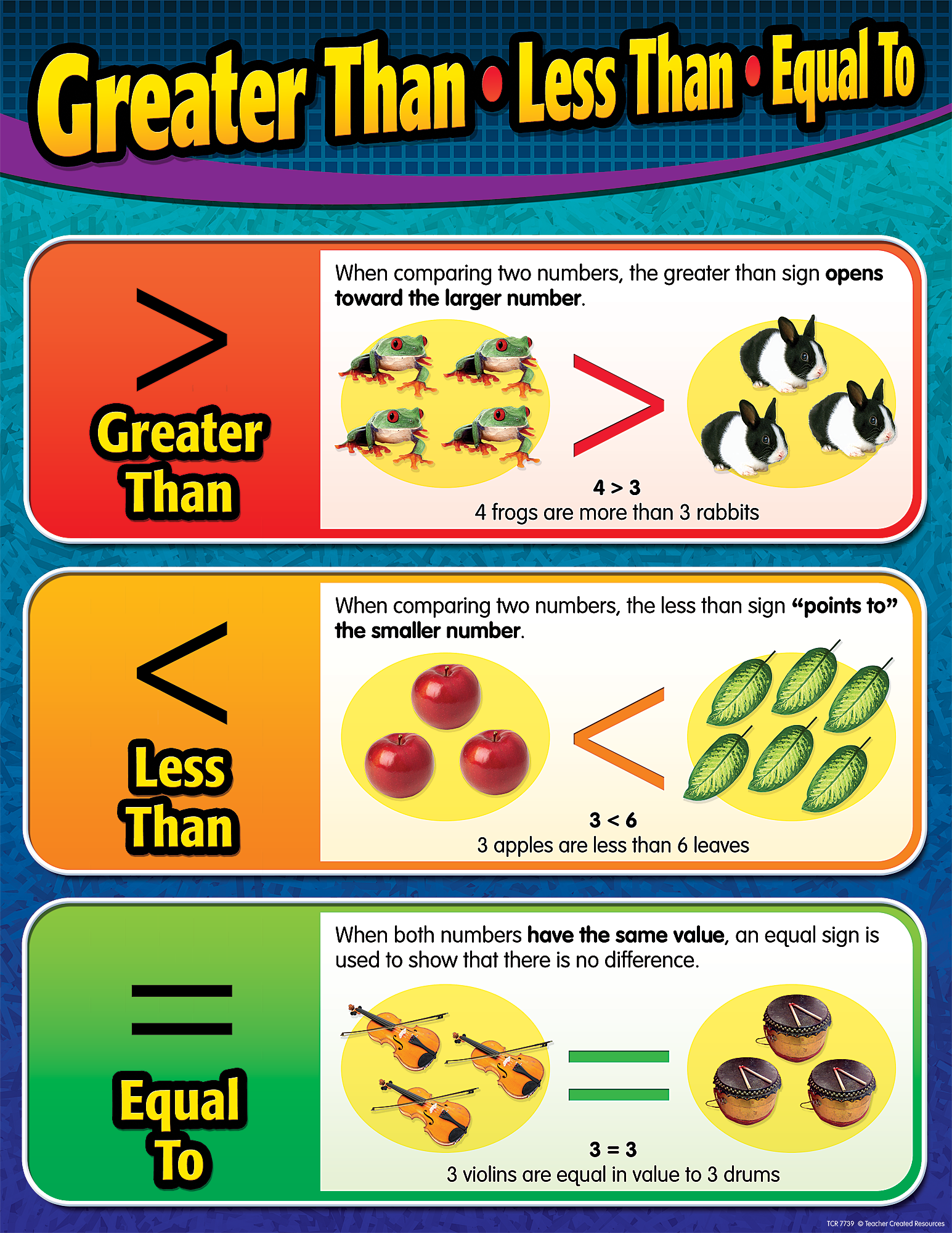
For example: SUM(expression).įield names should be encompassed by brackets in a calculation when the field name contains a space or is not unique. Often, a function's syntax indicates where a field should be inserted into the calculation. Field syntaxįields can be inserted into your calculations.
For more information on why, see Parentheses. In this case, the SUM of Order Quantity is computed before the ZN function because it is inside parentheses. The ZN function and the WINDOW_AVG function are separated with the subtraction operator (-).Ī function can also be part of another function (or, nested), as is the case with the ZN( SUM() ) portion of the example above. There are three functions in the calculation: ZN, SUM, and WINDOW_AVG. You can use more than one function in a calculation. Using multiple functions in a calculation When you select a function from the list, the section on the far right updates with information about that function's required syntax ( 1), its description ( 2), and one or more examples ( 3). In the Calculation Editor that opens, click the triangle icon (located on the right edge of the editor).Ī list of functions appears for you to browse. Select Analysis > Create Calculated Field. To open the list of functions in Tableau:
Not equal to or greater than c how to#
You can look up how to use and format a particular function at any time. The PERCENTILE function, on the other hand, requires the following syntax: PERCENTILE(expression, number) (for example, PERCENTILE(,0.90) ). For instance, the SUM function requires the following syntax: SUM(expression) (for example, SUM() ). Function syntaxįunctions are the main components of a calculation and can be used for various purposes.įunctions are colored blue in Tableau calculations.Įvery function in Tableau requires a particular syntax. See the following sections to learn more about the different components of Tableau calculations and how to format them to work in Tableau. Multi-line comments can be added by typing /* to start the comment and */ to end it.

See Add comments to a calculation for more information. To enter a comment in a calculation, type two forward slashes //. See Create Parameters for more information. See Literal expression syntax for more information.Ī parameter in a calculation is surrounded by brackets. String literals are written with quotation marks.ĭate literals are written with the # symbol. See Operator syntax for information on the types of operators you can use in Tableau calculation and the order they are performed in a formula. IF > 000 THEN "Highly Profitable"ĮLSEIF and, =,, ^, AND, OR, NOT, ( ). Literal expressions - Constant values that are representedĪs is, such as "Profitable" and "Unprofitable".įor example, consider the following calculation: Operators - Symbols that denote an operation. There are four basic components to calculations in Tableau:įunctions - Statements used to transform the values or members in a field.įields - Dimensions or measures from your data source. It lists the basic components of calculations and explains the proper syntax for each. Check whether num1 is greater than or notĬonsole.This article describes how to create and format calculations in Tableau. Num2 = Convert.ToInt32(Console.ReadLine()) Num1 = Convert.ToInt32(Console.ReadLine())

The complete list of comparison operators is listed in a table.Ĭonsider x is a variable and the value assigned the x=2 then, Operator It returns true or false based on the comparison. The C# comparison operator is used to compare two operands. How to use Comparison operators in a program?.How many types of Comparison Operators in C sharp?.Dynamic Polymorphism or Method Overriding.Static Polymorphism or Function Overloading.


 0 kommentar(er)
0 kommentar(er)
